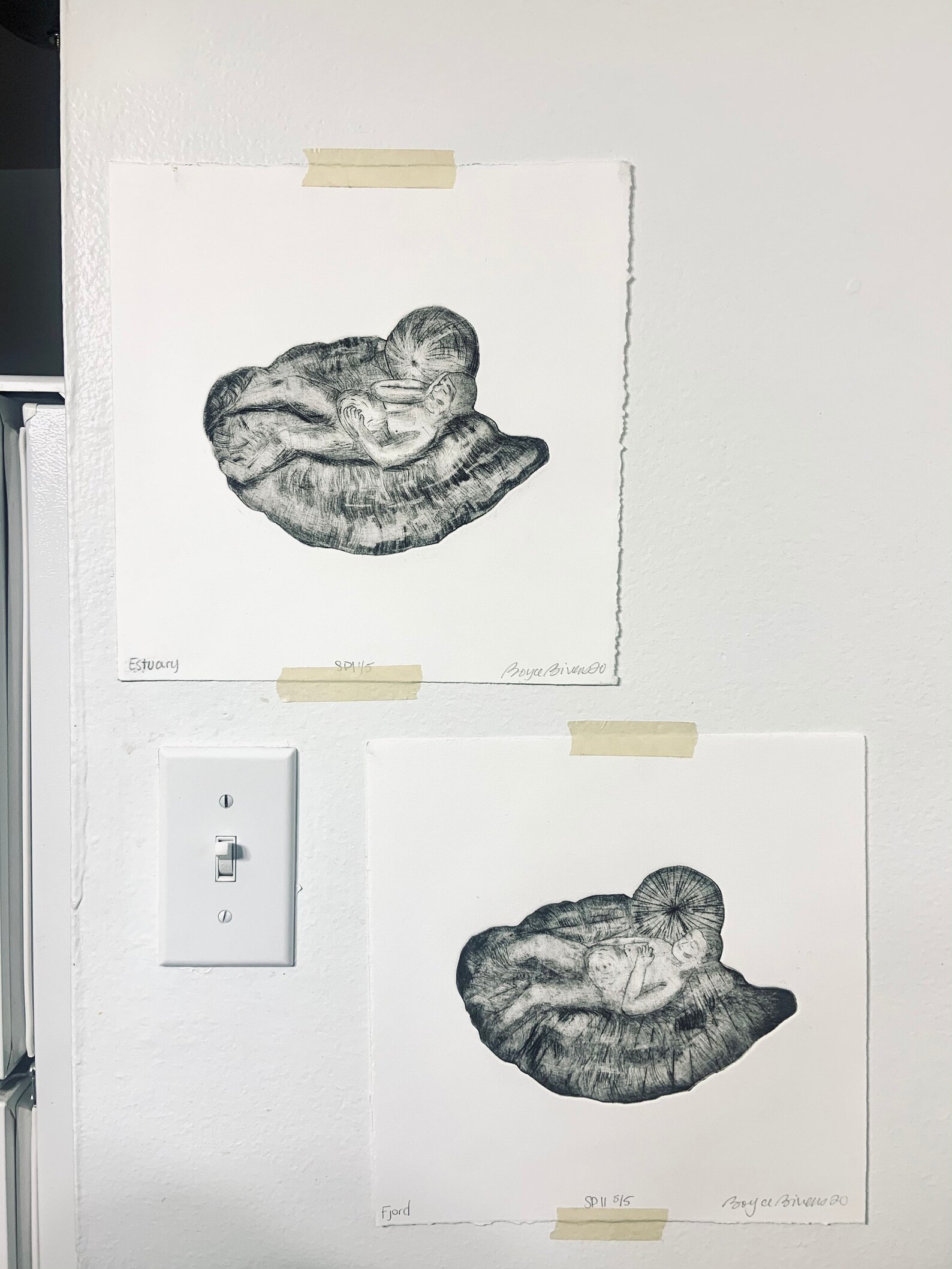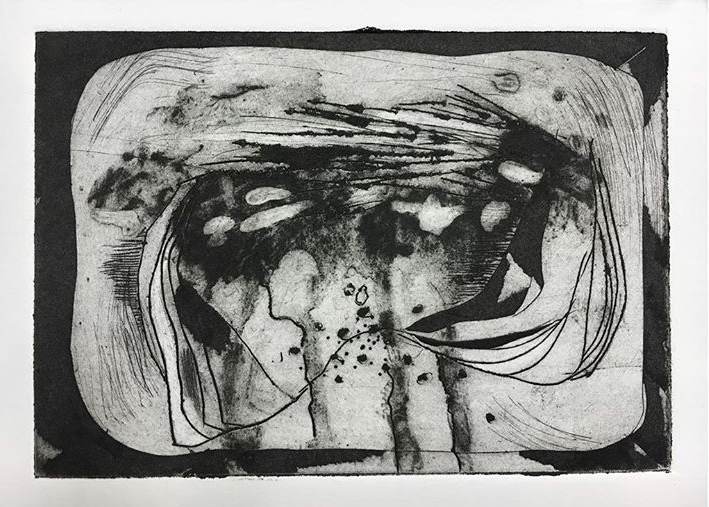

Ad Stijnman knows his stuff and understands the art of intaglio printmaking first hand. "How immensely refreshing to find a respected printmaking scholar and academic who is also a practicing printmaker. Stijnman answers many questions and solves numerous puzzles, inviting the reader into his inquiry and providing the solid basis for further discussion, research and speculation - a model of true scholarship." - in: Print Quarterly, December 2013 "The wealth of fact, imagery and well-grounded suggestion in this book so excites the memory and imagination. Given the ambitiously broad chronological span and the close attention paid to technical issues, one might compare Stijnman’s book with the standard introductory textbooks by Bamber Gascoigne or Antony Griffiths – but Engraving and Etching 1400–2000 is paradoxically both more focused and more expansive than these other two exceptionally useful volumes." - in: Council for European Studies, December 2013 "Encyclopedic in vision, it moves well beyond the early modern period to cover more than six centuries of printmaking. Engraving and Etching will be indispensable in museum print study rooms, art libraries, for collectors and print dealers for many years to come." - in: Art in Print, November–December 2013

"It is an example of the kind of mind-boggling research that occasionally happens in the field of prints (one thinks of Bartsch or Hollstein)-research that transforms the field and opens new horizons for future scholars. Mr Stijnman, and his publishers, have done a great service to both the art and craft of printing by making this study accessible." - in: The Society of Bookbinders Newsletter, August 2013 The proponents of both art and technique are well represented, both in text and illustration, much of the latter of good size and in colour. Its discursiveness leads to its great length but also to its value as a reference work. "This is an exhaustive study of the history of intaglio printing. "The author is uniquely qualified to write this book.As a result, his conclusions have an authority that immediately makes this a standard work, and it can confidently be recommended to any reader." - in: The Burlington Magazine, 177 (March 2013) Stijnman's coverage of broader topics, like the professionalisation of the trade, the development of definitions of authenticity in printmaking, and the connections between fine art and book printing, is balanced by detailed studies of the developments of tools, grounds, acids, the roller press, inks, supports and colour printmaking." - in: Apollo, February 2013 "The book is a one-stop shop for historians and collectors of prints. Based on an exhaustive number of primary sources it will be an essential resource for collectors, curators, conservators, printmakers and students of technical art history. This comprehensively illustrated study is the first of its kind to cover all elements of the trade of engraving and etching throughout six centuries.
INTAGLIO ETCHING MANUAL
Consequently artist-etchers withdrew to an elite position to concentrate on the manual aspects of printmaking, which is the situation today.

The handcrafted print made way for the large-scale mechanised graphic industry which emerged in the middle of the nineteenth century. After the abolition of the guilds on the European continent around 1800, and the introduction of photography and the expansion of the graphic industry, the engraving of images became a mere mechanical procedure.
INTAGLIO ETCHING SERIES
Further developments in plate-making resulted from a series of inventions and reinventions. By 1525 intaglio printmaking techniques could be said to have reached maturity and spread east and west following the European trade routes and colonisation. The author shows how intaglio printmaking developed steadily from the mid-fifteenth century, with the invention of the roller press and the etching of printing plates. Economic, educational and social aspects are discussed, as well as the worldwide dissemination of the trade of intaglio printmaking. These developments are observed in the light of the coherence between the technique of the intaglio print (such as its materials and methods of production) the 'style' or outward appearance of the print the creator of the print and the fashion typical of a particular social group, place and time. that of manual intaglio printmaking processes – from its beginning in the 1430s until today.

This book surveys the history of the techniques of engraving, etching and plate printing – i.e.


 0 kommentar(er)
0 kommentar(er)
